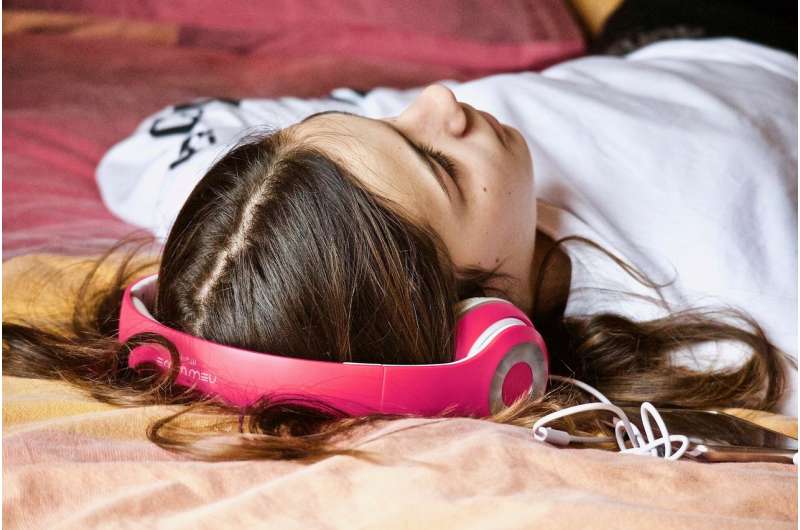Well-care visits promote better health during transition from childhood to adolescence

During well-care visits, children are seen by their primary care physician to address health needs. Maintaining these visits can have a positive impact on a child's current and future health. To determine how adolescents use well-care services over time, a research team at Johns Hopkins Medicine and the Kennedy Krieger Institute recently reviewed use patterns for nearly 7,000 adolescents based on their age and sex.
In their study—one of the first to look at individual well-care use patterns throughout the transition from childhood to adolescence rather than just the cumulative number of visits over time—the researchers discovered that well-care visits often declined during the transition, especially among boys, who were more likely to become disengaged after age 5 well-care visits.
A report on the team's findings was published in the May 2021 issue of the American Journal of Preventive Medicine (first posted online Feb. 27, 2021).
"We concluded how it is important to use a life course approach to understand which adolescents are getting or not getting well-care visits over time, since these type of visits are so important to promote positive health outcomes for children of all ages, including boys," says Arik Marcell, M.D., M.P.H., associate professor of pediatrics at the Johns Hopkins University School of Medicine and a physician at Johns Hopkins Children's Center.
The study assessed data from a survey of 6,872 children who were born between 1980 and 1997 and had at least one well-care visit between the ages of 5 (age reached during 1986-2000) and 17 (age reached during 1998-2015). The children were selected from the Child/Young Adult component of the 1979 National Longitudinal Survey of Youth.
Among the data factors for the children were race, ethnicity, mother's education and health insurance. Well-care use data were collected every two years from all study participants to assess the last time they were seen for a health checkup.
The study population was 50% female, 49% white, 30% Black and 21% Hispanic. More than three-quarters (78%) lived in an urban setting, 76% had a mother with at least a high school education and 89% had health insurance.
Participants were assessed on how engaged they were with their well-care visits over time—specifically, from age 5 through age 17. Among girls, 37% were engaged in well care over the studied time frame, 39% were moderately engaged, 14% became gradually reengaged after initially dropping off after the age 5 visit (with visits resumed after age 7), and 10% became disengaged after the age 5 visit (with visits resumed after age 13).
For boys, 48% showed they were persistently disengaged from well care after their age 5 visit, 34% were engaged over the studied time frame, and 18% became gradually reengaged after initially dropping off at the age 5 visit (with visits resumed after age 7).
Well-care use for boys and girls decreased when the child transitioned into adolescence, with significantly greater drop-off for boys than girls. The researchers say this suggests health care providers should implement sex-specific measures to encourage more frequent well-care visits for both sexes during the middle childhood and adolescent years.
To continue their research, the Johns Hopkins Medicine and Kennedy Krieger investigators plan to examine the impact that regular well-care use has on establishing positive health promotion behavior and practices in children and adolescents over time.
More information: Kathryn Van Eck et al. Adolescents' Patterns of Well-Care Use Over Time: Who Stays Connected, American Journal of Preventive Medicine (2021). DOI: 10.1016/j.amepre.2020.12.008



















